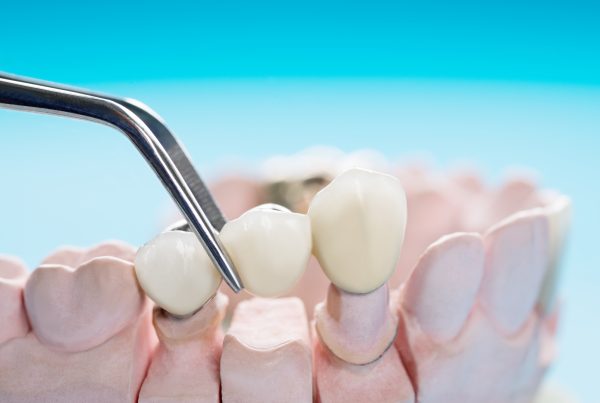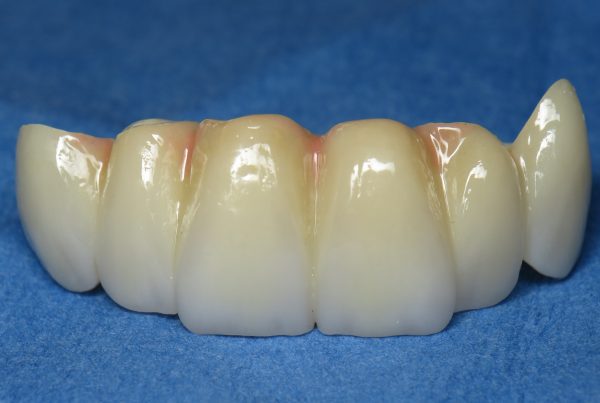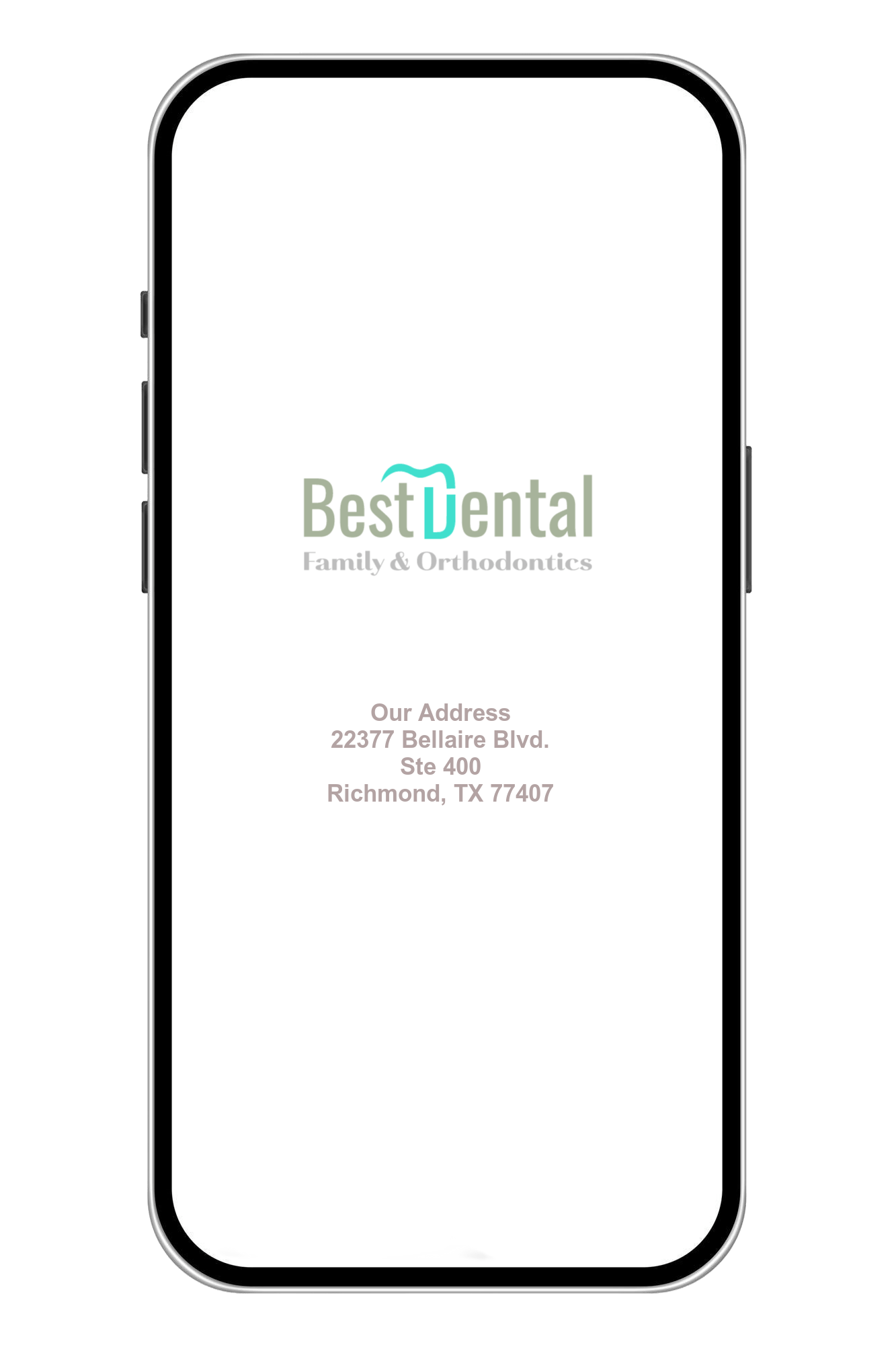A Review Of Dental Flippers
A dental flipper, often referred to as a temporary removable partial denture, is a dental prosthetic device designed to replace missing teeth in the oral cavity. This custom-made appliance is typically used as a short-term solution while waiting for a more permanent dental restoration, such as a bridge or implant, or to maintain oral functionality and aesthetics after tooth extraction. Dental flippers are lightweight, discreet, and easily removable, making them a popular choice for individuals seeking a quick and affordable way to restore their smiles and ensure proper dental function. In this introduction, we'll explore the purpose, construction, and uses of dental flippers, shedding light on the valuable role they play in dental care.

What is a dental flipper, and what purpose does it serve in dental care?
A dental flipper, often referred to as a temporary removable partial denture, is a dental prosthesis designed to replace missing teeth. Its primary purpose in dental care is to offer a quick and cost-effective solution for individuals who have lost teeth due to various reasons, such as decay, trauma, or extraction. Dental flippers are custom-made, lightweight appliances that provide not only aesthetic improvement by filling the gaps left by missing teeth but also essential functions like chewing and speaking. They are typically used as a temporary measure, while patients wait for a more permanent dental restoration, such as dental implants or bridges. This versatility and ease of use make dental flippers a valuable tool in maintaining oral functionality and aesthetics during the dental restoration process.
How are dental flippers constructed and customized for individual patients?
Dental flippers are meticulously constructed and customized to meet the unique needs of individual patients. The process begins with a detailed examination of the patient’s oral cavity, including impressions and measurements. Based on this information, a dental laboratory fabricates the flipper, which consists of a plastic or acrylic base that resembles the patient’s gumline and prosthetic teeth that match the natural teeth in shape, size, and color. The prosthetic teeth are securely attached to the base. Additionally, clasps or wires may be added to help stabilize the flipper within the mouth. The result is a personalized dental flipper that fits comfortably and appears natural when placed in the patient’s mouth, effectively restoring both function and aesthetics while accommodating the specific tooth loss and oral structure of the individual.


Can a dental flipper replace multiple missing teeth at once?
Yes, a dental flipper can be designed to replace multiple missing teeth at once. Dental flippers are custom-made dental prostheses, and their design can be adapted to the specific needs of the patient. Whether a person is missing a single tooth, several teeth in a row, or even multiple teeth in different areas of the mouth, a dental flipper can be fabricated to replace these missing teeth. The flipper’s design and structure will be adjusted to accommodate the extent of tooth loss and ensure a comfortable and functional fit. While dental flippers are often used as temporary solutions, they are versatile enough to address a range of tooth loss scenarios until more permanent dental restorations, such as bridges or dental implants, can be completed.
How long is a dental flipper typically worn, and when is it recommended?
The duration for which a dental flipper is typically worn can vary depending on individual circumstances and treatment plans. Dental flippers are primarily intended as temporary solutions. They are often recommended and worn for the following situations:
- Post-Extraction Healing: After a tooth extraction, a dental flipper may be worn during the healing process, which can last a few weeks to a few months.
- While Awaiting Permanent Restoration: Dental flippers can serve as placeholders when patients are waiting for more permanent dental restorations like dental implants or bridges. This interim period can range from a few months to a year or longer, depending on the complexity of the treatment.
- For Cosmetic Reasons: Some individuals opt for dental flippers for aesthetic purposes, and they may wear them as long as they desire to maintain their appearance.
- During Orthodontic Treatment: In orthodontics, dental flippers are sometimes used to maintain tooth alignment during orthodontic treatment, and they may be worn for the duration of the orthodontic plan.
The specific duration of wear should be determined in consultation with a dentist or dental specialist, as it depends on the patient’s unique dental needs and treatment goals. It’s important to follow professional advice for the appropriate use and duration of a dental flipper in each case.


What is the cost associated with getting a dental flipper, and does insurance typically cover it?
The cost of a dental flipper can vary widely depending on several factors, including the complexity of the prosthesis, the materials used, the geographic location of the dental office, and the associated fees for consultations and adjustments. On average, a basic dental flipper can cost anywhere from $300 to $500, but more complex or aesthetically detailed flipper designs can be more expensive.
Whether insurance covers the cost of a dental flipper depends on the individual’s dental insurance plan. Dental insurance plans differ in their coverage policies, and some may partially cover the cost of dental flippers if they are considered a necessary part of the treatment. It’s essential to check with your dental insurance provider to understand the specifics of your coverage and any associated out-of-pocket expenses. Additionally, discuss the potential costs and insurance coverage with your dentist, who can provide guidance based on your specific needs and circumstances.
Are dental flippers as good as partial dentures?
Dental flippers and partial dentures serve similar purposes in replacing missing teeth, but they have distinct differences that may make one more suitable than the other depending on individual needs and circumstances.
Partial dentures are typically more robust and durable than dental flippers, as they are designed for longer-term use. They consist of a metal or acrylic framework that attaches to existing teeth and include prosthetic teeth to fill gaps. Partial dentures can provide better stability and chewing function. They are intended for more extended periods of use and can be an effective, long-term tooth replacement solution.
Dental flippers, on the other hand, are usually temporary solutions. They are typically made of acrylic and are not as robust as partial dentures. Flippers are often used as interim measures while awaiting permanent dental restorations, and they may not offer the same level of stability or chewing function.
In summary, whether dental flippers are as good as partial dentures depends on the individual’s specific needs, budget, and treatment plan. While dental flippers are more affordable and serve well as temporary solutions, partial dentures are typically more durable and suitable for longer-term use. Your dentist can help you determine which option is best for your unique situation.


Are there alternatives to dental flippers for replacing missing teeth temporarily?
Yes, there are alternatives to dental flippers for temporarily replacing missing teeth, and one such option is the use of Essix retainers. Essix retainers are clear, custom-made aligner-like devices often used for orthodontic purposes, but they can also be adapted to replace missing teeth. These retainers are more discreet than dental flippers and offer a better aesthetic appeal, making them suitable for those who are concerned about the cosmetic aspect. However, their ability to replace teeth is limited to single or a few missing teeth in the same arch. For more extensive tooth loss, temporary partial dentures, temporary bridges, or resin-bonded bridges may also be considered as alternatives to dental flippers, each with its own advantages and limitations. The choice of a temporary tooth replacement option will depend on the number of missing teeth, the patient’s preferences, and the recommendations of their dentist.



